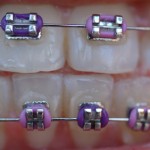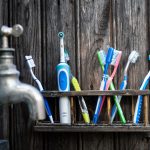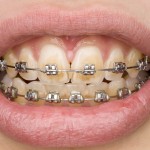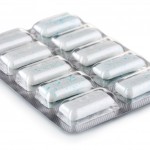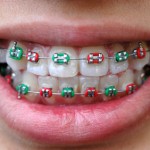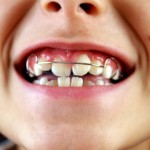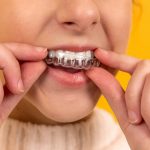
This review comparing plaque accumulation in orthodontic patients undergoing clear aligner (CA) and conventional fixed appliance treatment included 14 studies. The findings suggested less plaque accumulation with CA but all the included studies were at moderate to high risk of bias.
[read the full story...]